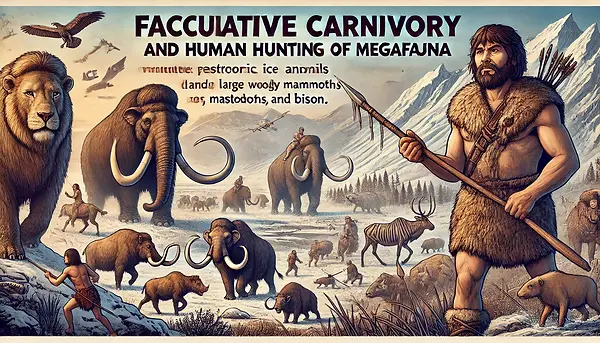


Title:
Human brains use much more energy because of rich energy diets high in animal fat
Abstract:
Metabolic correlates of hominid brain evolution
Details
While the brain of an adult primate consumes <10% of the total resting metabolic rate, this amounts to 20-25% in the case of anatomically modern humans [Leonard et al. 2003].
Metabolic correlates of hominid brain evolution
Abstract
Large brain sizes in humans have important metabolic consequences as humans expend a relatively larger proportion of their resting energy budget on brain metabolism than other primates or non-primate mammals. The high costs of large human brains are supported, in part, by diets that are relatively rich in energy and other nutrients. Among living primates, the relative proportion of metabolic energy allocated to the brain is positively correlated with dietary quality. Humans fall at the positive end of this relationship, having both a very high quality diet and a large brain size. Greater encephalization also appears to have consequences for aspects of body composition. Comparative primate data indicate that humans are ‘under-muscled’, having relatively lower levels of skeletal muscle than other primate species of similar size. Conversely, levels of body fatness are relatively high in humans, particularly in infancy. These greater levels of body fatness and reduced levels of muscle mass allow human infants to accommodate the growth of their large brains in two important ways: (1) by having a ready supply of stored energy to ‘feed the brain’, when intake is limited and (2) by reducing the total energy costs of the rest of the body. Paleontological evidence indicates that the rapid brain evolution observed with the emergence of Homo erectus at approximately 1.8 million years ago was likely associated with important changes in diet and body composition.
Hypothesis:




